How to Choose a Biochemical Analyzer? Differences Between Dry and Wet Methods
Biochemical analysis is one of the commonly used important methods in clinical diagnosis. Based on whether the chemical reaction between the sample and the reagent is a solid-phase chemical reaction, biochemical analysis can be divided into wet chemistry and dry chemistry biochemical analysis.
So what are the differences between the two, and how should we choose?
1. Measurement Principles of Dry and Wet Chemistry
The principle of wet chemistry is based on the Lambert-Beer law. The reaction carrier is an aqueous solution, and the incident light is absorbed and weakened by the colored reaction product. The concentration of the measured substance is reflected by the magnitude of the absorbance.
The detection method of dry chemistry: Reflectance photometry. The color reaction occurs on a solid-phase carrier, which has a significant scattering effect on transmitted and reflected light and does not follow the Lambert-Beer law. There are multiple internal reflections between the upper and lower interfaces of the solid-phase reaction membrane, and the Kubelka-Munk theory or the Williams-Clapper equation is used for correction.
2. Comparison of Dry and Wet Chemistry
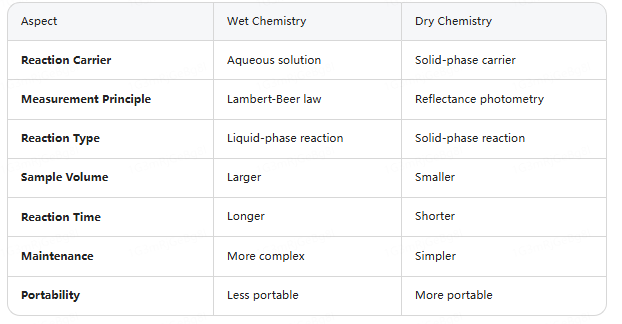
3. Operation and Maintenance of Dry and Wet Biochemistry
①. Wet Biochemistry
Wet biochemistry analyzers require checking the reagents before each use. If the reagent volume is insufficient, it needs to be replenished promptly. Additionally, the reagents themselves have a shelf life and need to be replaced if stored for too long.
However, ordinary wet biochemistry analyzers are suitable for large-volume testing, with each test processing hundreds or thousands of samples. In such cases, they are convenient to use.
Since wet biochemistry analyzers contain a pipeline system, routine maintenance is particularly important to prevent pipeline blockage, water leakage, and air leakage.
– Daily Pre-Use:Check if cleaning solutions, distilled water, and diluents are sufficient, and inspect the pipeline system for leaks.
– Post-Startup: Check if reagents need to be added, flush the machine’s pipeline, and perform zero calibration.
– Shutdown: Flush the machine’s pipeline, empty the waste liquid container, and clean the sampling needle and mixer.
– Regular Maintenance: Use special cleaning solutions to flush the pipeline system, sampling needle, mixer, and other components, and regularly check the optical path.
– Other Maintenance: Based on actual work needs, such as cleaning the air filter, using special cleaning solutions to soak and flush the pipeline system, replacing filters in the liquid path, and replacing seals.
If a wet biochemistry analyzer is left idle for a long time, it is best to flush the pipeline system 2-3 times a week during the storage period to prevent pipeline blockage. Otherwise, the pipeline needs to be repeatedly flushed with distilled water before storage, and the water in the pipeline must be completely drained and dried before being packed for storage.
②. Dry Biochemistry
– Usage: Dry biochemistry analyzers do not require reagent preparation but use pre-configured dry reagents from the manufacturer, making them simple and fast to use.
– Operation: Simply add the liquid sample to the dry reagent, and the sample will penetrate through layers of films, undergo a color reaction, and display the corresponding color, allowing the concentration of the component to be calculated.
– Maintenance: Since dry biochemistry analyzers have abandoned the pipeline system and have a simpler structure, their maintenance is much simpler. No pipeline cleaning is needed; generally, only regular optical path checks and machine internal cleaning as needed are required.
– Storage: If a dry biochemistry analyzer is not used for a long time and needs to be stored, it does not require frequent startup and flushing like a wet biochemistry analyzer. It is only necessary to pay attention to dust-proof, moisture-proof, and high-temperature-proof conditions in the storage environment.
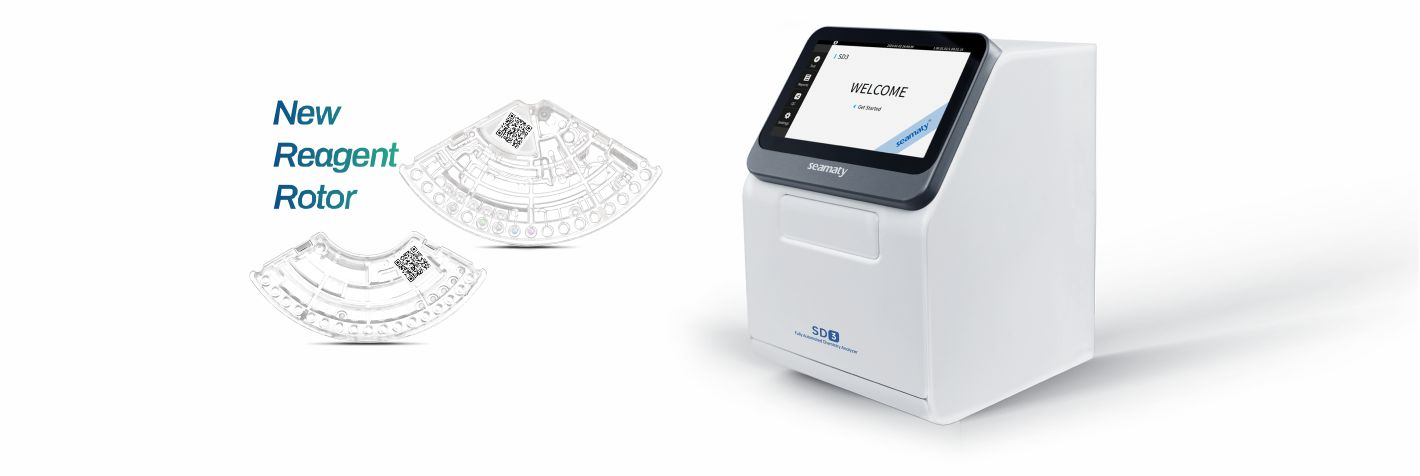
4. Comparison of Test Results Between Dry and Wet Biochemistry
According to existing research, the correlation coefficient (R) of all analysis items for the two methods is greater than 0.93, and the correlation test P<0.05.
Statistical results show that the analysis results of the two instruments are well correlated, and both methods can meet the needs of clinical testing.
5. Applicable Scenarios for Dry and Wet Biochemistry
Wet biochemistry is suitable for grade hospitals and laboratories with a large number of specimens.
Dry biochemistry is flexibly applicable to hospitals and clinical departments at all levels, primary health institutions, emergency and first aid, outpatient clinics, and laboratories with a small number of samples.
With the increasing demand for emergency biochemical test results in terms of reporting time and the rapid development of clinical biochemical testing technology, emergency biochemical testing technology is gradually transitioning from traditional wet chemistry to dry chemistry.
Smart’s fully automated dry biochemistry analyzer SD1 adopts the analytical principles and optical measurement technology of large desktop biochemistry analyzers. It features fully automated operation, requires no pre-sample processing, and no need to add diluents. From sample placement to reading the report, it takes only 3 simple steps and 12 minutes to obtain the test results.
It also has a real-time quality control management system to ensure the accuracy and reliability of test results. The test items include: liver function, kidney function, myocardial, pancreatic, glucose and lipids, electrolytes, and more, with up to 33 items, which can efficiently assist doctors in making diagnoses.
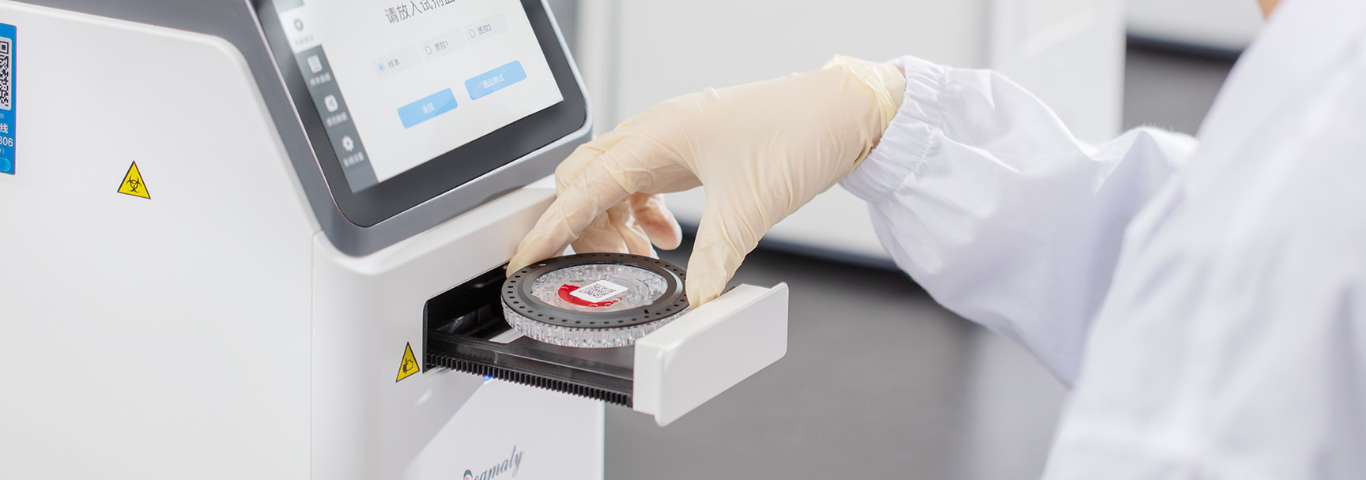
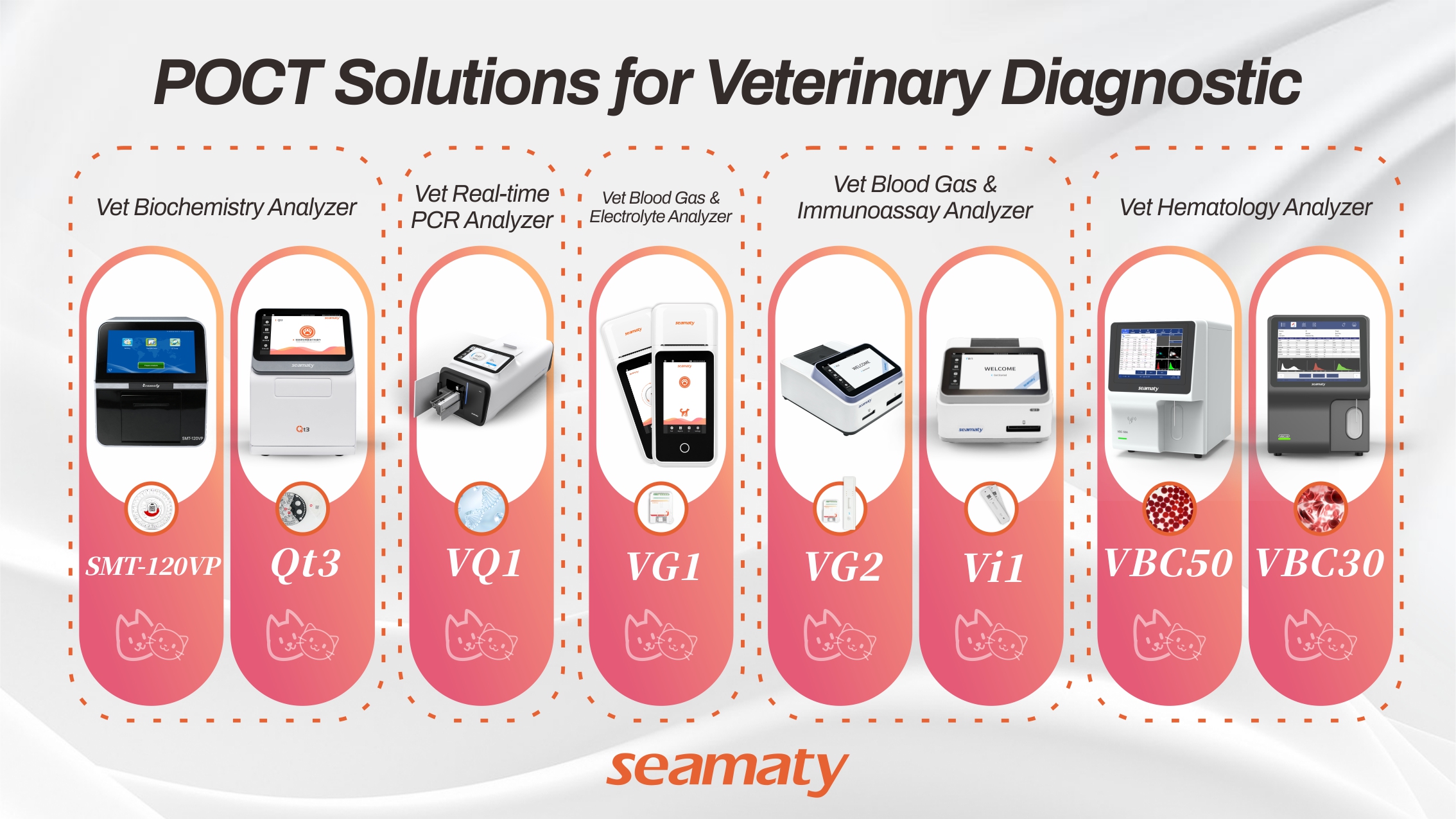
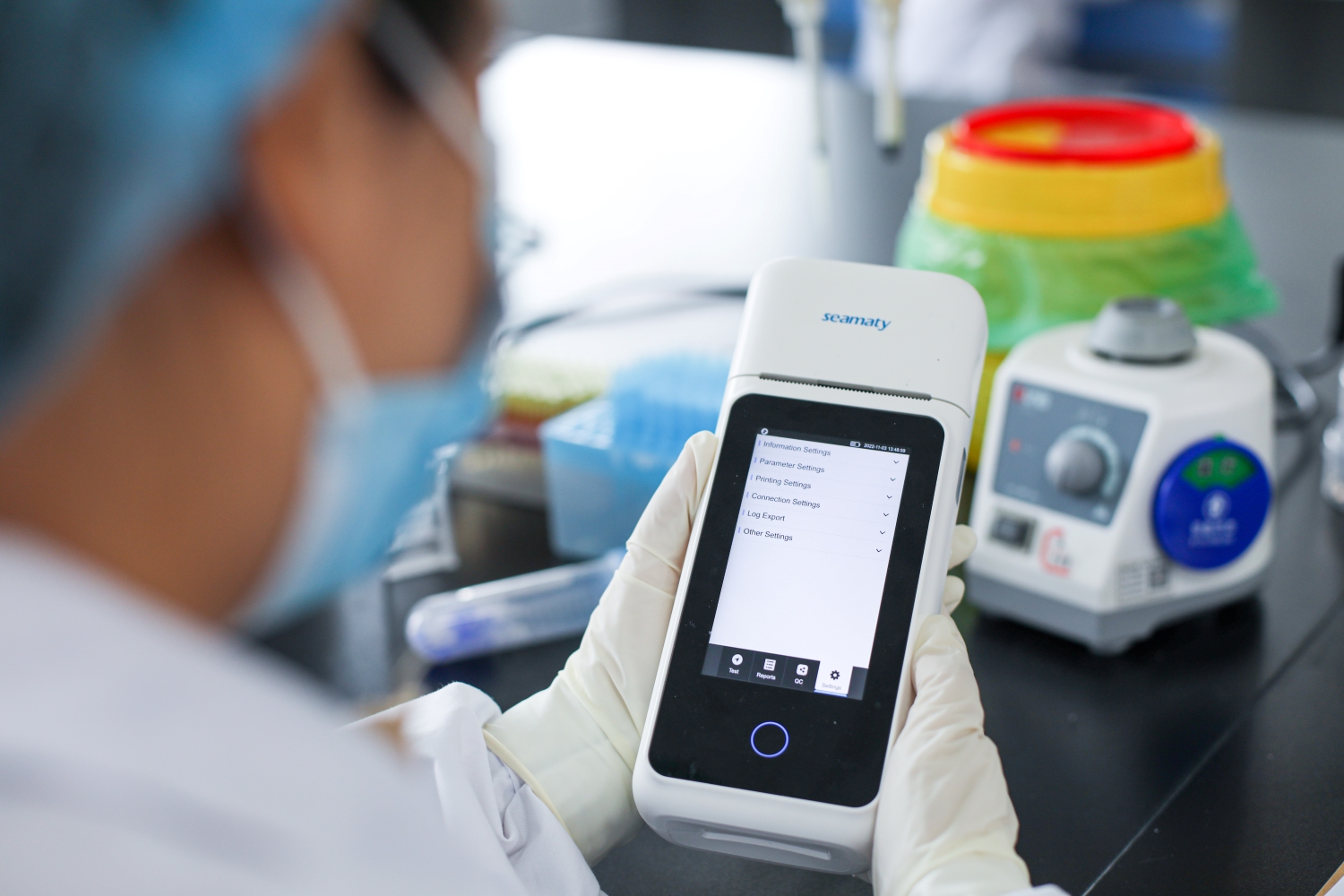
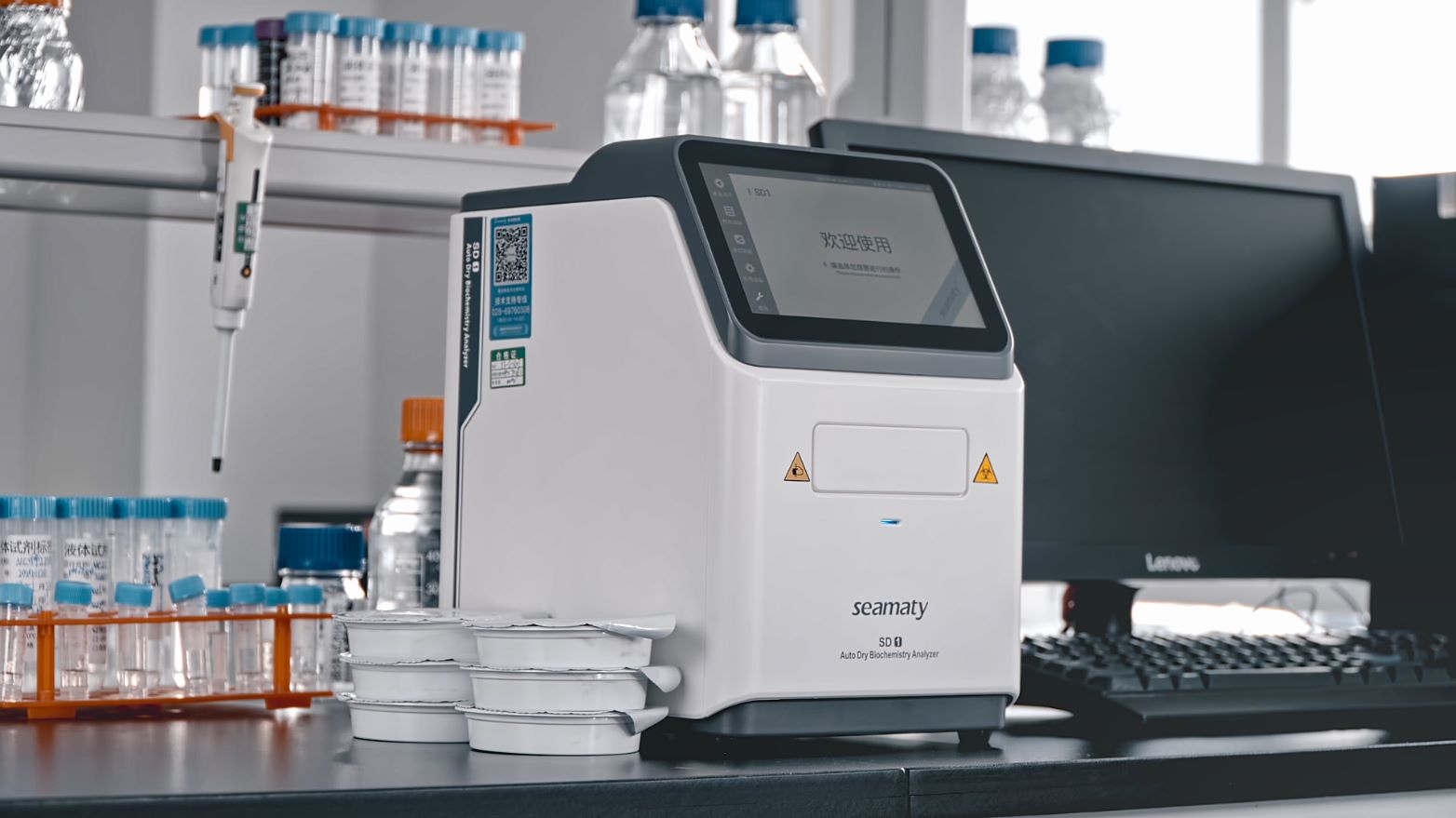

Leave A Comment